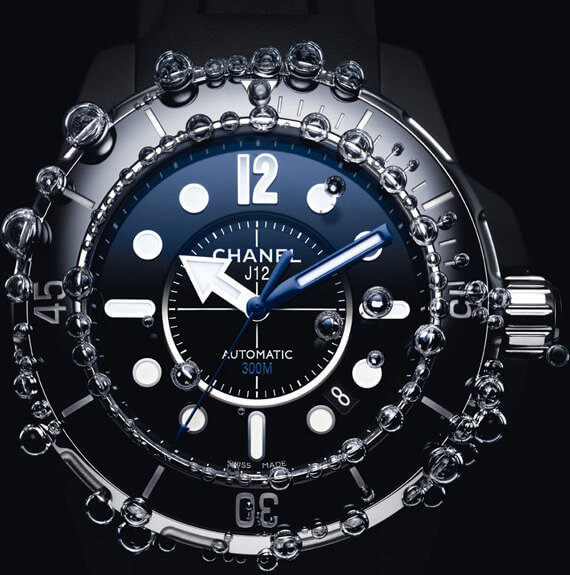Sunday snorkelers and power-shower addicts can rest assured: if your new watch has the words “water-resistant” about its person, it will withstand overpressure of at least 2 bars or 20 metres, which covers pretty much everything the average person can get up to in water. In other words, the new ISO 22810 standard (Swiss watch industry standard NIHS 92-20) for water-resistance in watches, which came into effect in July 2010, addresses the question first and foremost from the wearer’s point of view. It should not be confused with ISO 6425/NIHS 92-11 for diving watches which requires water-resistance to 10 bars or 100 metres. “This new standard is fundamentally different in its application as it shifts the emphasis from manufacturer to consumer,” commented the Société Suisse de Chronométrie (SSC) which hosted a seminar on this very question in March this year.
The new standard sparked years of heated discussion by the ISO/TC 114 Technical Committee. It wasn’t until August 2009 and the meeting in Shenzhen that a solution finally took shape. Commenting after the seminar, the Federation for the Swiss Watch Industry said, “The ISO 22810 standard has been under construction in one form or another for years, but has always fallen at the final hurdle. Now it seems the latest version, introduced in Dinard in 2007, could well overcome all the obstacles. Markings, one of the chronic difficulties, were extensively debated by specialists, following which a solution was unanimously approved. It allows the use of bars as a unit of measurement, or the equivalent in metres. The words “Water Resistant” without any further indication is also permitted. Manufacturers are then free to indicate, or not, the number of bars or metres if the watch has been tested to above the standard’s minimum requirement of 2 bars.”

Same principle as the crash test
“Under the new standard, every watch must be individually tested for water-resistance and not just a sample batch,” pointed out Pascal Kaufmann from Roxer at the last International Chronometry Congress, organised by the SSC in Montreux. “Water-resistance must also remain constant throughout the warranty period. Trials have shown that the 2-bar test pressure covers the increase or decrease in pressure when static or moving that a watch can encounter during any normal activity, including jumping into a pool.” While the technical specifications are virtually unchanged, the new standard introduces significant changes to how they are applied. The previous standard included a point-by-point description of tests which manufacturers had to perform before they could label their watches as “water-resistant.” This has disappeared from the new standard.
As associate director and head of research at Rolex Jacques Baur explained at the International Chronometry Congress, “the new standard lists reference tests and states that a water-resistant watch must comply with them all. However, it gives no indication of how these tests should be implemented. It falls to the manufacturer to determine its own in-house trials and procedures when previously it would have followed a pre-defined procedure. Basically, the new standard defines water-resistance and a watch must then
comply. We’re in a back-to-front situation where the specifications given are those of the product as it is sold to the customer. If I had to make a comparison, I’d say it’s along the same lines as crash tests for cars.”
The manufacturer must also define warranty conditions and precautions the wearer must take to maintain water-resistance. As the SSC concludes, “the guarantee is more binding for the manufacturer.”















